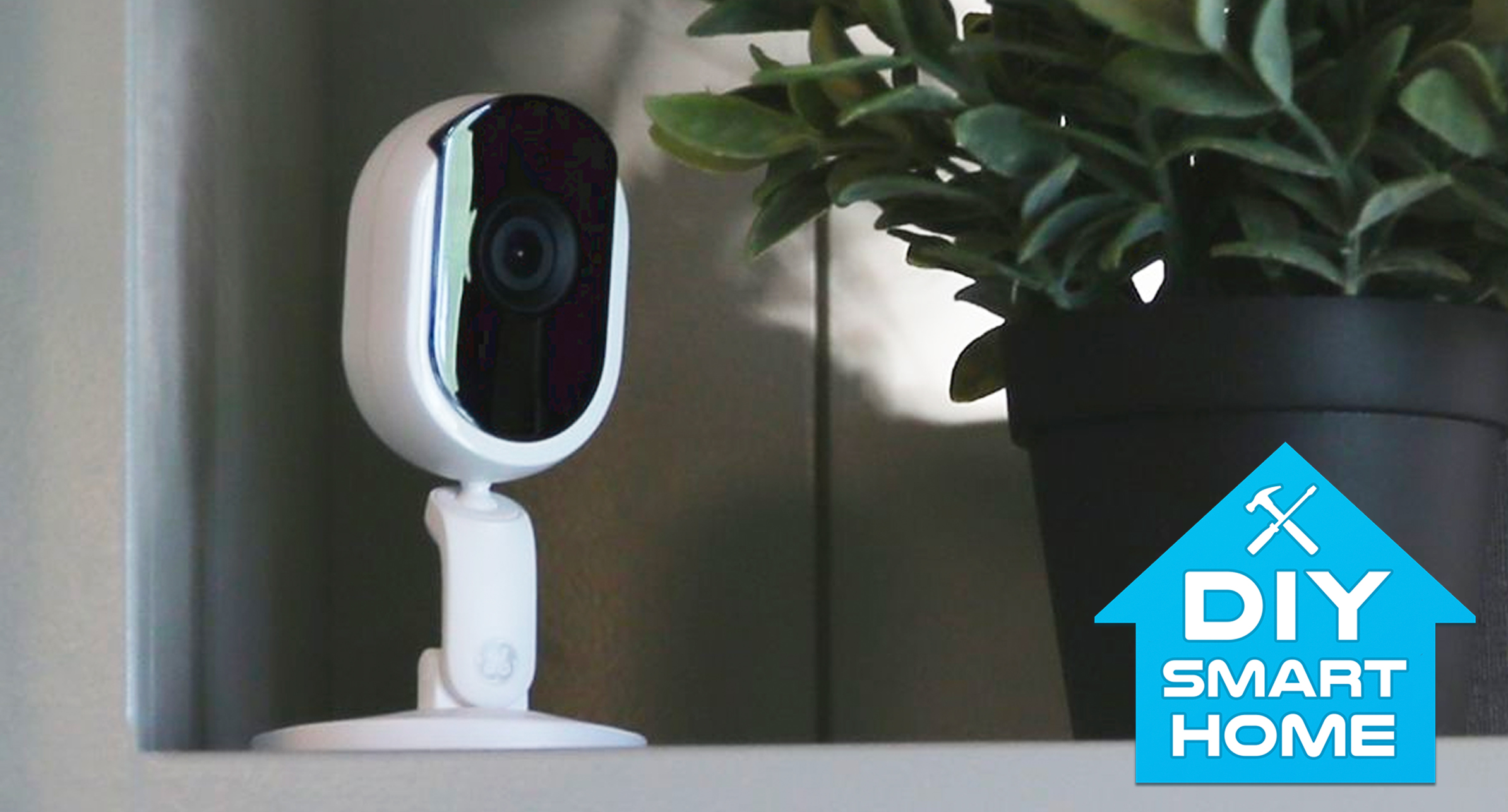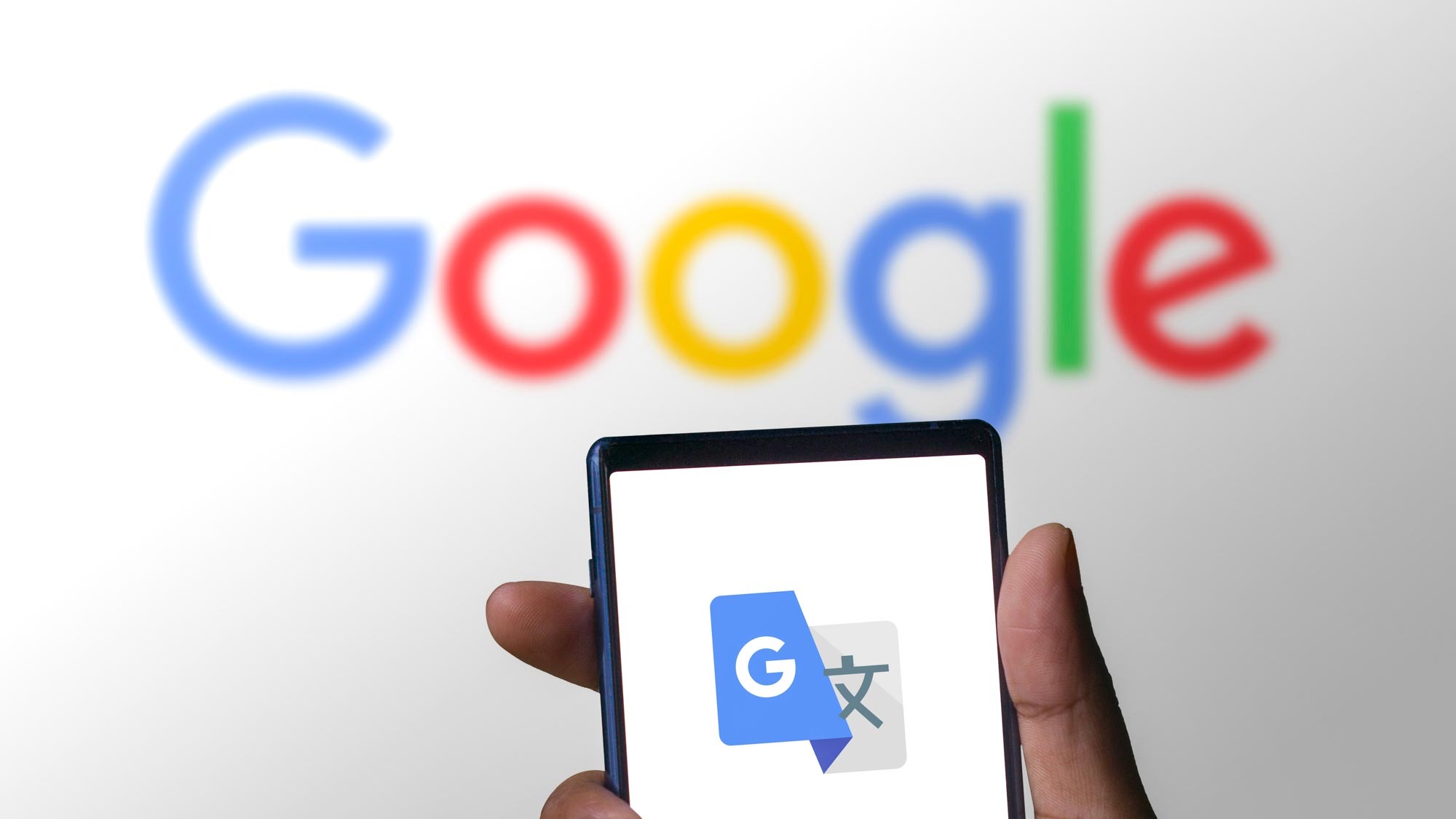I finally installed an indoor security camera — and you should, too

This story is part of an ongoing DIY smart home series. Be sure to check out the latest installments to follow the renovation process from start to finish.
Even the best home security cameras have always skeeved me out. I’ve come to terms with the fact that my technology probably knows more about me than I know about myself, but I drew a line at it being able to watch me in full HD.
Over the last year and a half, who needed indoor security cameras anyway? Many of us were house-ridden, and no longer needed to snoop on our pets or be alerted to activity happening around our home.
But with most quarantines and travel restrictions lifted, I realized I’ve been spending more time on the go. I’ve actually been leaving my apartment empty most weekends to work on a DIY smart home renovation project in my parents home. I probably shouldn’t be sharing that information with the internet, but here’s why I’m not so worried.
I finally caved on an indoor security camera. Joining the essential apartment smart home devices I set up when I first moved in, the $70 GE Cync Indoor Smart Camera is a newly released gadget with night-vision, two-way audio and more. The company sent me it to test along with their rebranded platform and redesigned app, previously called C by GE.
While I usually pass off indoor security cameras to less-creeped-out colleagues, my familiarity with GE’s other smart home products and craving for peace of mind while I’m gone on weekends made me reconsider. So I found myself setting up the indoor camera in a preview version of the upgraded Cync app.
Unlike some other dedicated indoor cams, the Cync Indoor Smart Camera has a physical camera shutter that slides upwards to cover the lens. When the shutter is locked in place, the microphone feed is cut, too. The apparatus works similarly to certain smart displays — in fact, the addition of a physical shutter is why I choose the Amazon Echo Show over the Google Nest Hub.
This camera also features a micro-SD slot, so your recordings can be saved locally. But instead of purchasing an SD card, I’m putting the money towards the company’s cloud storage options, which costs $3 per month or $30 per year per camera. The subscription offers two weeks of unlimited cloud storage, filtered footage and the option to export footage to my phone’s camera roll.
With cloud storage, I’ll also be able to playback activity from my camera no matter if I’m at my parents house installing smart switches or away on a real vacation. Preferably with a piña colada in hand. Of course, I outfitted my Cync account with unique credentials (see how to create strong passwords). It requires two-factor authentication for extra assurance, too. And, additional users can only view my devices if I’ve sent them an email to create a guest account on my profile. Under these pretenses, I don’t feel so worried about having a camera inside my home.
Get instant access to breaking news, the hottest reviews, great deals and helpful tips.
It helps that the one I now have has a solid picture quality for a $70 camera. Its 1080p resolution is not as clear as the 4K-capable Arlo Ultra 2, but that cam costs $299. I’m not suggesting you get cheap about home security, but if you’re looking to save thousands in your own DIY smart home, there are low-cost cameras that do their jobs well as long as you’re not trying to make movies with them. Take the popular $25 Wyze Cam v3, for example.
Why now might be the time to get an indoor security camera
According to Safewise, burglaries in New York went up 42% from 2019 to 2020. While some of the reported incidents occurred in stores and other businesses — not just private residences — the statistic concerned me. I also found that, according to Alarms.org, homes without security devices are 300% more likely to be burglarized, changing my mind about the necessity of indoor surveillance.
Since most pandemic restrictions have been lifted since the beginning of this year, there isn’t data collected yet about how or if home break-ins or burglaries have gone up as bad actors take advantage of other people being out more. But I wouldn’t be surprised to see the change in behavior cause a rise (or return) relative to pre-pandemic numbers.
Of course there are benefits beyond crime to having a security camera, like if a maintenance worker in your apartment building has permission to enter, or if you want to keep an eye on the pet you adopted during lockdown. And if you hire a dog walker, you can use a security camera with intercom abilities to tell them where you’ve hidden the treats or left the leash.
I’m not saying you need an indoor security camera, but if I could look past the weirdness of feeling something watching me, maybe you will, too. Especially if you’re spending less time at home.
Be sure to check out my guides to the best smart home devices (and best cheap smart home devices) for more gadget recommendations. Tune back in next week for another DIY smart home installment, and email me at kate.kozuch@futurenet.com or leave a comment below with anything you’d like to see me cover in the connected space.

Kate Kozuch is the managing editor of social and video at Tom’s Guide. She writes about smartwatches, TVs, audio devices, and some cooking appliances, too. Kate appears on Fox News to talk tech trends and runs the Tom's Guide TikTok account, which you should be following if you don't already. When she’s not filming tech videos, you can find her taking up a new sport, mastering the NYT Crossword or channeling her inner celebrity chef.
